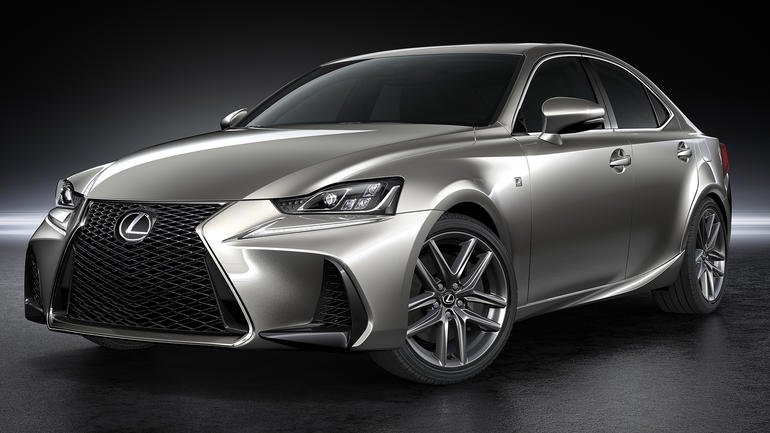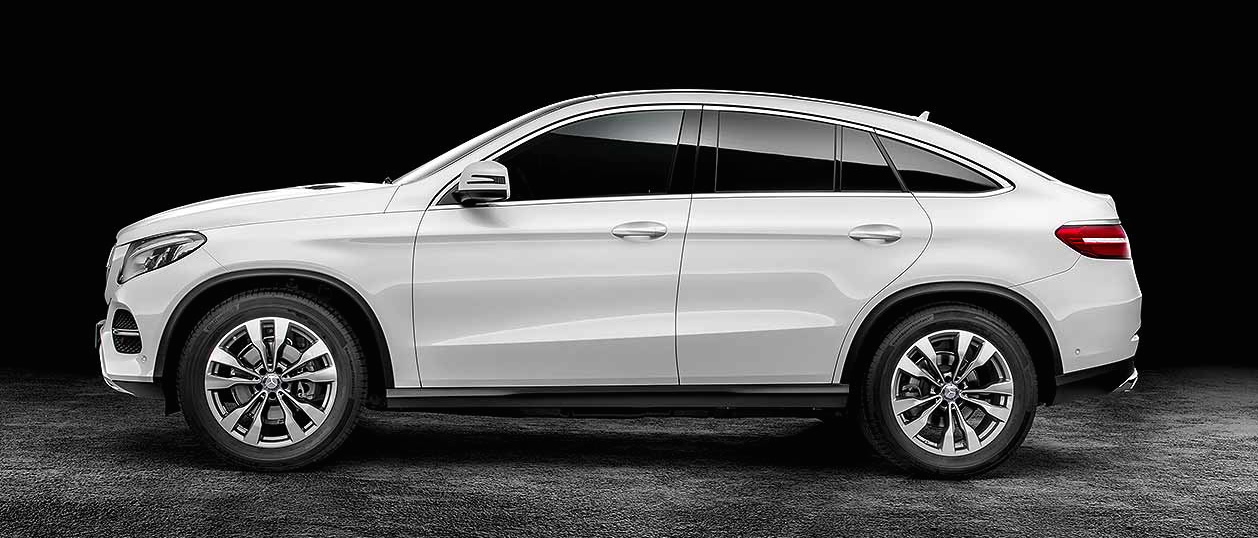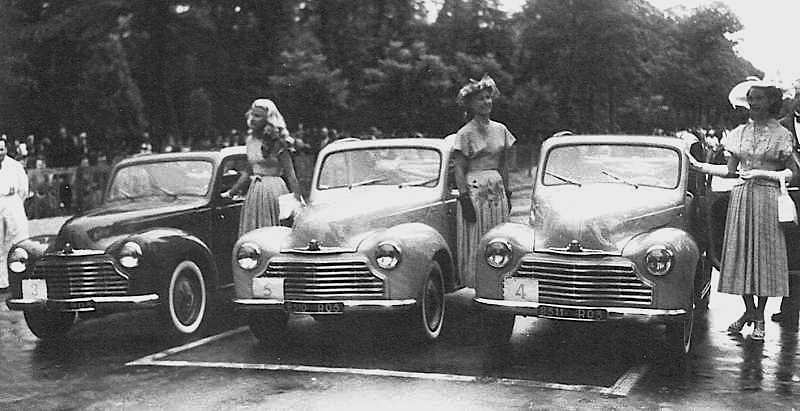The "What Were They Thinking?" post category here does not refer to Jaguar planners (essentially William Lyons himself) regarding the
XK150, produced 1957-1962. I'm thinking of the reaction of potential buyers and the public at large.
And at the time it was announced I was shocked, thinking it a bloated travesty of the classic XK120. Road & Track magazine, the automotive bible of my youth, road tested the 150 Roadster in its September 1958 issue. Its only comment regarding styling was: "Externally the 150 is still unmistakably an XK, but the general lines and appearance have been softened and refined. More importantly perhaps, the seating position has been tremendously improved, the cockpit is roomier, controls are easier to operate and visibility is better." I wonder if the fact that Jaguar had been placing ads on the back covers of R&T had anything to do with this mild reaction.
The November 1957 R&T (also with a Jaguar ad on the back cover) had a road test of a XK150 coupe, having this to say regarding styling: "Although observations on a test car's looks sometimes do not sit well with readers, here goes: The front end, a close examination of which discloses that every component has changed, retains its classic beauty. The 'cab' has an appearance of lightness, correctly symbolizing the improved vision through the wider windshield and rear window. Its 4-inch gain at shoulder height is too evident, reminding one more of a mature mother cat than a lithe young huntress. The rear, heaven help us, needs customizing! Its collection of chrome clutters the excellent basic shape. (Letters will be answered as time permits.)" Slightly more critical, but "nuanced" as political thinkers are wont to say these days. The parenthetical "letters" comment suggests that R&T readers were letting the editors know that the 150s styling was controversial.
The August 1957 issue (Jaguar ad on the back cover) had a story announcing the XK150 coupe. Its treatment was clinical, no judgment being placed on the styling.
The XK150 was essentially a new body on a slightly modified XK120/140 base. Wheelbase and width were the same as the 120s dimensions or nearly so, the 150 being 4 inches (20 cm) longer, largely due to heftier bumpers.
Gallery
Jaguar XK120
The initial example of the XK sports car line. A classic design. I even approve of the spatted rear wheel openings.
Jaguar XK140 advertisement - 1956
XK140s got heavier bumpers and more chromed trim. The spats disappeared for good, and the coupe's top was bulkier. Altogether a slight, yet tolerable, degradation.
Jaguar XK150 Drop-Head Coupe
Fatter hood and curved windshield make the central body ponderous. The raised fender line is more in line with mid-1950s styling fashions. But note the awkward curve of the front fender -- a lift over the wheel opening that reverses slightly to become a straighter path to the rear fender up-kick.
Jaguar XK150 Fixed Head Coupe
Even though the there is plenty of glass, the overall shape of the top seems a bit too heavy-looking.
1960 Jaguar XK150 Fixed Head Coupe - Barrett-Jackson photo
R&T was right regarding the rear-end ornamentation. For example, the tail light assemblies could have been trimmed to align with the profile of the trunk and the vertical chromed strip should have been eliminated. I think the rear window should have been a little less wide; the top's appearance would have been improved without significant degrading of outward visibility.
From the perspective of nearly 60 after its announcement, the XK150 doesn't irk me as much as it did when new. Much of that has to do with the fact that the 120 has also receded from view (they're seldom seen on streets and roads these days) dulling my sense of comparison. That said, the 150 is not a good design. Bulky, with awkward detailing. William Lyons surely abandoned his good taste with this one.




















































